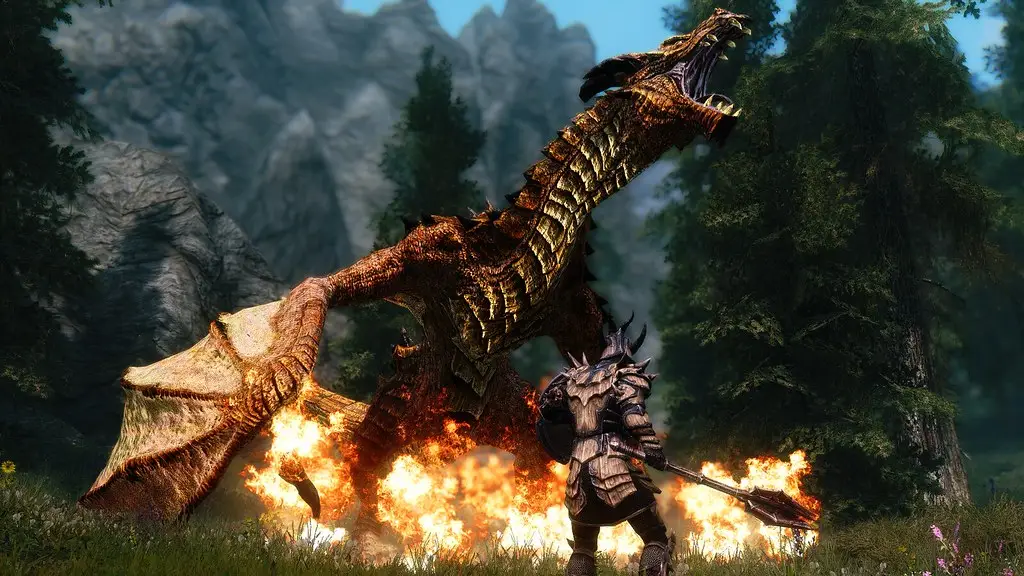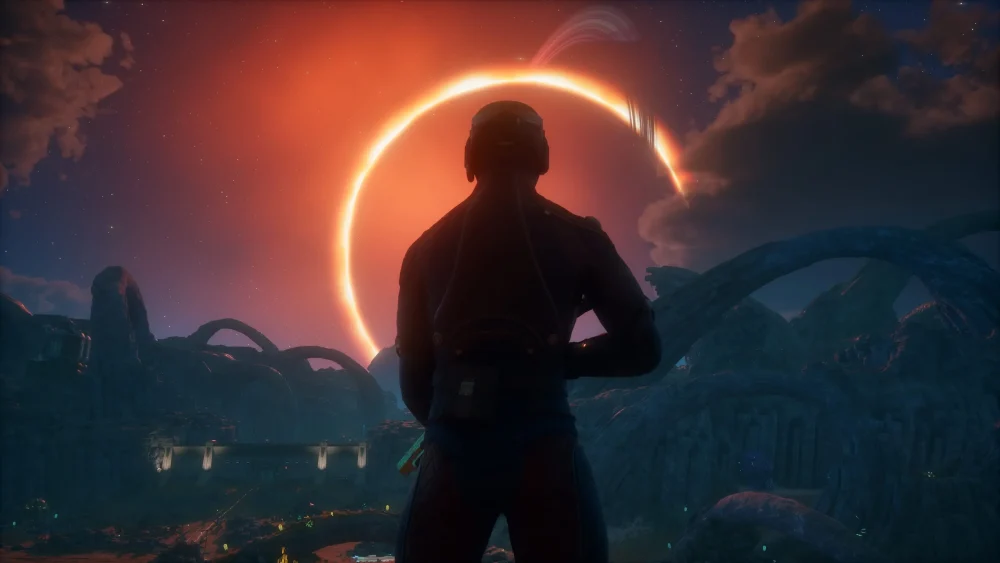World of Warcraft is experiencing a new phase of maturity, where old conflicts have been replaced by a global transformation of the world. Expansions, revamped mechanics, and a simplified starting experience attract both veterans and those who are considering whether it’s worth playing WOW in 2025. The servers are stable, the interface is more accessible, and the learning system is clearer. Blizzard is consistently lowering the entry barrier while maintaining depth and complexity for those willing to fully immerse themselves.
What Awaits Blizzard Games in 2025: Development Dynamics and Support
In 2025, World of Warcraft is a living, constantly evolving organism. Blizzard introduces seasonal events with rewards, enhances synchronization between PvE and PvP content, expands narrative branches through mini-campaigns tied to global world changes. The improvements go beyond graphics or balance. The team reworks the class system, introduces new archetypes with unique progression, and adds social mechanics: alliances, cross-guilds, cross-server markets. For a newcomer, this is not overwhelming but an opportunity to grow within a flexible ecosystem.

Why Start Playing Now
For those wondering whether it’s worth playing WOW in 2025, reality offers compelling arguments. The game no longer requires dozens of hours for minimal progress. Transitioning to modular leveling allows mastering basic content in 10–15 hours. The current balance between PvE and PvP modes eliminates disparities—there’s no need to specialize in just one thing. Hero customization, crafting, cooperative raids, and competitive arenas offer equal depth.
Mechanical Flexibility: Leveling, Classes, and Story
In 2025, World of Warcraft offers a lineup of classes capable of adapting to different playstyles. Want to command from the shadows—choose a rogue. Prefer healing—pick a priest. The concept offers dozens of specialization combinations, allowing even one class to be played completely differently depending on the group role and user preferences. The narrative has shifted from epics to a more intimate delivery. Faction stories are woven into daily activities, creating a sense of life around, not just memorized missions. New campaigns adapt the narrative to the character’s level, avoiding dynamics lulls.
Features of World of Warcraft: More Than Just an MMORPG
The MMORPG genre in 2025 has received a new interpretation. It’s no longer a grind marathon but a flexible scenario where each player decides how and when to progress. WoW has become a platform that unites PvE, PvP, crafting, housing, and story in one system. Support for solo modes makes the start as convenient as possible—many missions can be completed without a group. At the same time, social mechanics are gradually revealed: first the mentor system, then guilds, and only after that—participation in massive raids. This approach allows avoiding the stress of “social debt” and playing at a comfortable pace.
Pros and Cons of WoW: Is It Worth Playing in 2025
To decide whether it’s worth playing WOW in 2025, it’s important to soberly weigh the pros and cons.
Pros:
-
Accessible start for beginners.
-
Flexible leveling and customization.
-
Deep PvE and balanced PvP.
-
Engaging story integrated into the game cycle.
-
Visual world and interface updates.
-
Regular events and community support.
Cons:
-
Subscription model may deter newcomers.
-
Requires stable connection and powerful device.
-
Loss of interest possible without guild involvement.
-
Time to master all mechanics is above average.
Online Modes and Events: The Living Pulse of the Game
Continuous content updates, merging of PvE and PvP formats, adaptive events, and cross activities make the game world truly alive. Each day brings new challenges, and each week—global cycles. The world of Azeroth no longer exists in stasis. It moves, reacts, and evolves with the players.
PvE Formats: From Cooperative Play to Procedural Scenarios
The PvE component in 2025 has expanded not only in breadth but also in depth. In addition to classic raids, dungeons, and world bosses, a system of dynamic PvE missions with roguelike elements has emerged. Players gain access to randomly generated missions with conditions that vary from party to party. The difficulty level scales, enemy composition shuffles, and scenario conditions are unexpected. This increases interest even among experienced players.
In-game quests have ceased to be routine. Blizzard applies gamification through mini-stories where success depends not only on damage but also on the ability to interact with the environment. Non-standard mechanics—jumping puzzles, magical object manipulation, hidden locations—introduce an element of exploratory quest design.
PvP Modes: Tactical Depth and Team Rhythm
The PvP system has gained a separate structure—from duels to global confrontations. New formats have emerged: 3v3 battles, point capture with dynamic objectives, arenas with platform collapses, “fort siege” mode with defense and resource logistics. Now PvP not only requires reflexes but also planning. Server battles have intensified competitiveness: teams devise strategies, coordinate roles, build defenses, and plan movements. Victory requires not just strength but interaction.
Seasonal Events
Seasonal events have evolved into full-fledged game arcs. Every 2–3 months, campaigns are launched that progress by days, not patches. Players participate in a chain of scenarios with voice scenes, updated zones, map changes, and faction progression. It’s not just an event but a micro-story within a larger narrative.
Example: the event “Dark Harvest” unfolds in a new location where players from all servers cleanse the area of evil, forming a foothold for a future raid. Participation guarantees access to temporary resources, special crafts, cosmetics, and influence on the story. Even low-level characters find meaningful activities, reaping tangible benefits.
Guild Activity and Cross-Server Challenges
Guilds in 2025 have become more than just chats and raid gatherings. Their functionality has grown to the level of alliances with quests, activity bonuses, an in-game professions system. Members compete with other communities for titles, achievements, unique attire. Cross-server challenges are organized as in-game tournaments. Winners receive exclusive items and temporary control over map regions. These competitions follow a schedule, and broadcasts are available within the WoW client.

Expeditions and Survival: Asymmetric Formats
A new direction is expeditions with elements of survival and exploration. A group of players ventures into unknown lands where hints are minimized, part of the interface is disabled, and random events are activated. Conditions include timers, resource restrictions, unique natural threats, and weather catastrophe mechanics. Each expedition is not just combat but logistics: food distribution, camp setup, coordination during exploration. Survival elements bring the world to life, adding spontaneity and risk.
Is It Worth Playing World of Warcraft—The Decision Is Yours
The answer to whether it’s worth playing WOW in 2025 depends on your goals. If you seek a deep world, continuous development, social activity, and atmosphere—then the game will become a platform capable of captivating for years. If you want quick adrenaline, it’s better to choose a shooter or MOBA. WoW is an investment in role-playing experience, not just a sessional entertainment. In a time when the MMORPG genre is undergoing transformation, World of Warcraft offers a stable model: scale, stability, long-term goals, flexibility.
 en
en  ru
ru  de
de  ar
ar  es
es  hi
hi  fr
fr  nl
nl  it
it  pt
pt  el
el 









